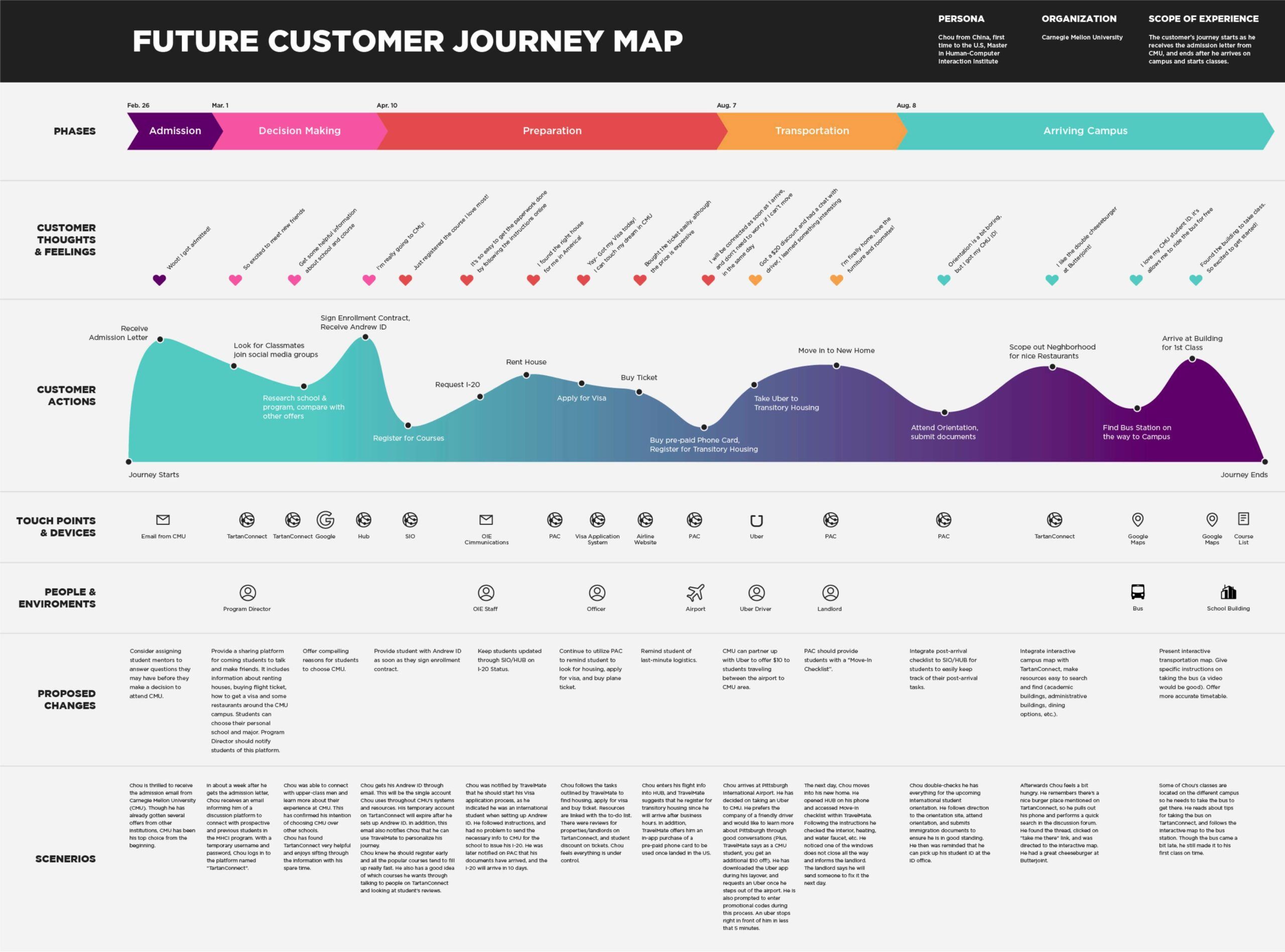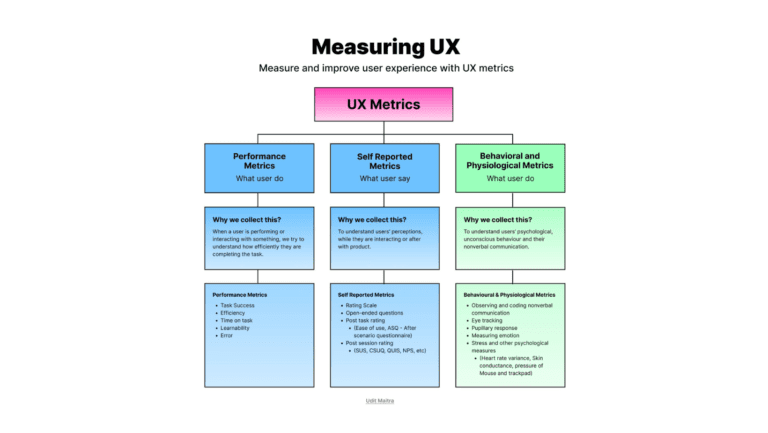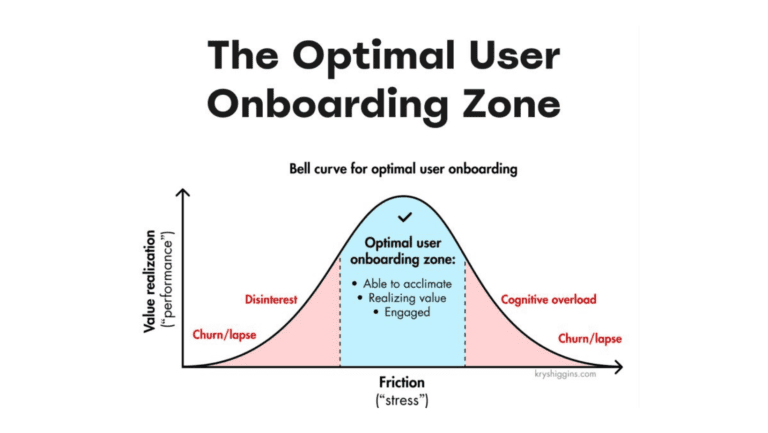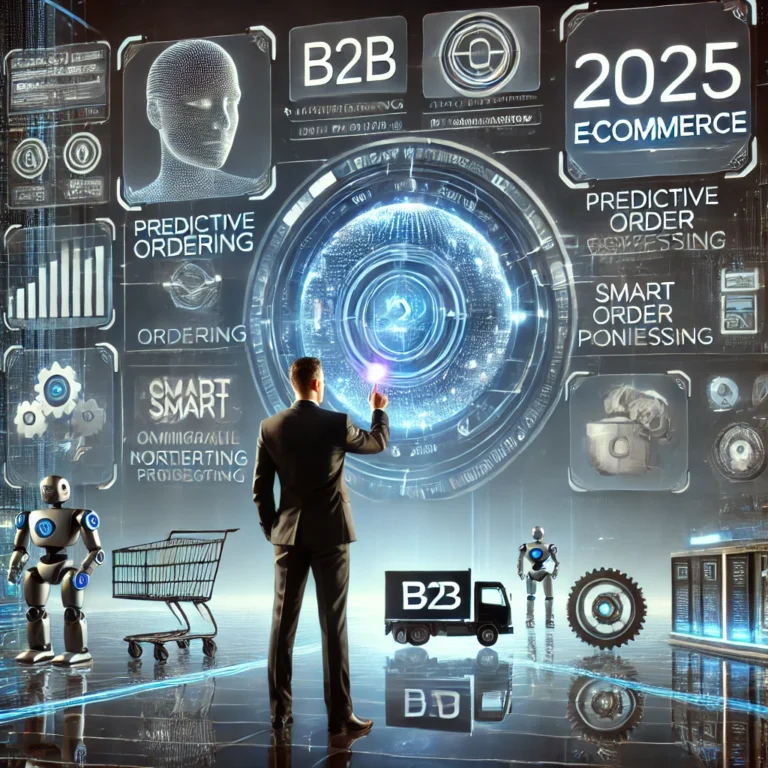What is a Customer Journey?
A customer journey is a complete experience a customer has with a business. It includes all customer interactions across channels and touchpoints, throughout every stage of the customer lifecycle – from awareness to retention and loyalty.

How Can You Put Together the Optimal Customer Journey Map?
To derive the perfect customer journey for your business, you will need a customer journey map. A customer journey map is a diagram that outlines all of the stages customers go through while interacting with your company.
While you’re building your customer journey map, keep the following tips and tricks in mind:
- Start with tangible goals
Setting goals from the beginning will ensure that your customer journey maps translate into a material impact on your customers and your organization.
- Let the data guide you
It could prove difficult or misleading to tackle your customer journey maps without any insights into your customers’ preferences or behaviors. So make sure you gather the relevant customer data through surveys, testimonials, interviews, and voice-of-the-customer programs.
At times, customers are not aware of their specific pain points. In this case, it could be helpful to survey your customer service team could be helpful. What are the most common questions or complaints they receive and what are the relevant solutions?
- Consider all relevant components
There are four generic components to any customer journey map. Firstly, start with your buyer persona. They represent your customer segments and can help predict emotions and actions. Secondly, map out your customer stages. For example, awareness, assessment, sale, installation, customer retention or loyalty, and so on. Thirdly, include all relevant touchpoints along these customer stages, such as calling into or chatting with the customer service team. Lastly, map out the correlated customer emotions, with a particular focus on pain points.
Bonus points? You should chart a sentiment line to map out how a customer’s emotion changes with each touchpoint. Pay close attention to the steep drops and think about ways to troubleshoot them.
Lastly, while most customer journey maps include common elements, the details might vary depending on your industry. Whether you’re in ecommerce, healthcare, logistics, or another industry, seek inspiration from existing templates relevant to your specific business niche.

- Take a 360-degree approach
- Drop the linear approach
- Map out both current and future states
- Leverage the customer journey map across your organization
- Iterate continuously
Conclusion
The recent pandemic only accelerated digitalization efforts and rising customer expectations. The average consumer now uses ten different channels to communicate with businesses. Moreover, 80% of customers consider their experience with a company to be equally as important as its products.
And customer journey mapping is an important piece of your toolkit in meeting these market pressures. The Aberdeen Group found that companies with a formal customer journey mapping process experience higher growth, including:
- 350% more revenue from client referrals
- 200% more employee engagement
- 56% more up- and cross-sell revenues
- 18x faster sales cycles
Clearly, putting the customer first is no longer a “nice-to-have,” but a “must-have” if you intend to stay ahead of your competition. So make sure you get to mapping today.
P.S. Need help in optimizing your end-to-end Customer Experience (CX)? Get in touch with us today.
For example, our tool – Germain UX – is an end-to-end, Alerts, Insights, and Automation software platform built to improve User Experience (UX) in the broadest sense of the term. We can help you understand your user behaviors and conversion rates across each touchpoint and thereby help you improve your customer journey and overall experience.




